Microbiome...what?
What if I told you that there is a community of over a trillion organisms living on and inside you? Does that bug you out? Seem pretty cool, or far-fetched?

There is estimated to be as much, or more, microbial cells within us as there are our own human cells. Meaning there are lots and lots and lots of bacteria- and some fungi, archaea, protists and viruses- making a life in our tissues and bodily fluids. Collectively, we call this group of microorganisms our human microbiota. We can also call it our body flora, as a nickname (referring to a group of organisms native to a specific region).Before you grab the hand sanitizer, you must realize that these tiny creatures are not out to hurt us; well, most of them, anyway. The majority of the body flora is harmless, and at best, they are actually helpful. A probiotic is the term coined for microorganisms that provide a benefit to their host. Harmful microbes are called pathogens and they typically do not reside inside us permanently.We humans have know we have bacteria within us for many years, however it has only been in the last decade that researchers have upped the game and we are able to study these microbes more specifically. In 2007 the Human Microbiome project was funded through the National Institute of Health in order to establish a database of the genetic make-up, or genome, of the body flora. Microbiome, therefore, is referencing the sequencing of the genome of the trillions of microbial cells inside us.
TELL ME MORE!
Much is yet to be learned about the human microbiome, but here are a few snippets of what we know, or think we know:
- There can be an 80-90% difference in body flora from one person to another; your microbe community is nearly as diverse as your fingerprints.
- Babies are born without flora. It is established at birth upon baby’s exposure to the flora of the mother’s vagina, or that of her skin if it is a cesarean delivery.
- Within the first few years of life an infant’s flora will develop rapidly and is highly influenced not only by mode of birth, but breast milk, formula used, introduction to solid foods, fever or cold, and any antibiotic use.
- Our body flora works to our favor, alongside our immune defenses, to fight off harmful pathogens that might enter our bodies. See picture below.
Gut Flora
The gastrointestinal tract, or gut for short, has the most abundant flora in the body:
- Gut flora break down food into short chain fatty acids, vitamins B and K, bile acids and various sterol compounds, all of which our bodies absorb and use for best health.
- It is also suggested that a byproduct of gut probiotic metabolism is GABA, or gamma-amino butyric acid, whose job is to inhibit neurotransmitters in the central nervous system (CNS) and is also responsible for muscle tone.
- If chemicals produced by bacteria can cross the blood-brain barrier, which they are theorized to do, then the gut flora can moderate our behaviors, and our mood, by these chemical effects on the brain.
- Wait… is this good or bad??
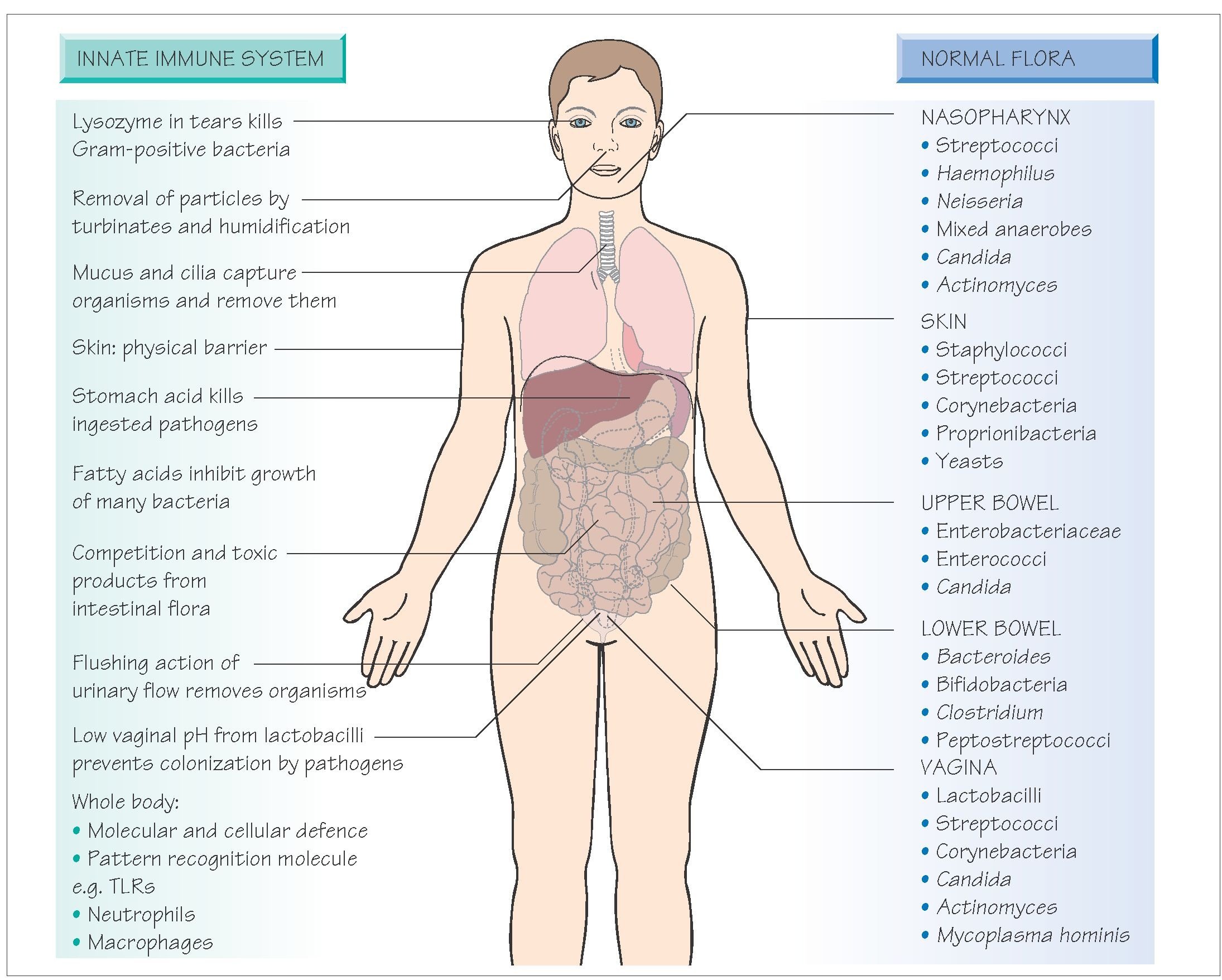
-
what-when-how.com/medical-microbiology-and-infection/innate-immunity-and-normal-flora-medical-microbiology-and-infection?
Due to the making and releasing of substances by the gut flora, as mentioned above, the gut microbiome acts as a sort of independent endocrine system, therefore affecting not only our gut-brain relationship, but emphasizing a strong connection to our immune system and inflammation responses, as well as other yet to be determined body processes and responses.If not kept in balance, the gut flora has the power to cause disarray within our human-made tissues and systems. Or, vise versa, where poor health and disease in our tissues and body systems may cause disarray to our body flora.Either way, there is a clear connection between the balance, or imbalance, or particular flora and our health, including:
- Central nervous system conditions: anxiety, depression, autism, obsessive-compulsive disorder, memory loss.
- Autoimmune conditions (of which there are many), including:
- Rheumatoid arthritis
- Diabetes
- Inflammatory Bowel Disease: Crohn’s and ulcerative colitis.
- Atomic dermatitis (eczema).
- Human immunodeficiency virus (HIV)
- Irritable bowel syndrome. (This condition has increased by 400% in the last fifty years, thought to be due to a drop in diversity and other environmental disruptions to gut flora ecology.)
- Colon cancer, other cancers??
What causes imbalance of my flora?
Pathogens, for one, will upset the balance. Ideally, our bodies- both our flora and our innate immune system- will destroy pathogens upon arrive and we will be non the wiser. However, as anyone who has had the stomach flu knows, this is not always the case. It can take some time to re-kindle the regular flow of a healthy life after such as attach from pathogens.Antibiotics can kill the pathogenic bacteria, but it will also kill the similarly structured good bacteria living in our body. The good flora can be re-established after stopping the use of these drugs, however not all will reproduce and those that do may not come back to the full extent they were previously. This can cause a disruption to the symbiotic relationship of your flora with adverse consequences.Food choices can change the make-up of your gut flora, in as short of time as a few days, and permanently if diet changes last. Higher fat versus protein versus plant based diets, as well as cooked versus fermented versus raw foods, all result in the death or growth of different types of organisms in your gastrointestinal tract. Digestion and metabolism also change in response to diet’s effect on gut microbes, as these little guys break down compounds in foods to make nutrients that human cells cannot, as well as regulate absorption of key metabolites, including glucose, cholesterol and triglycerides.Fiber is a pre-biotic (food for bacteria) that is highly recommended in anyone’s diet to aid in a healthy gut flora.FIBER FOODS= veggies, fruits, whole grains, beans and legumes, nuts and seeds.
Digestion and metabolism also change in response to diet’s effect on gut microbes, as these little guys break down compounds in foods to make nutrients that human cells cannot, as well as regulate absorption of key metabolites, including glucose, cholesterol and triglycerides.Fiber is a pre-biotic (food for bacteria) that is highly recommended in anyone’s diet to aid in a healthy gut flora.FIBER FOODS= veggies, fruits, whole grains, beans and legumes, nuts and seeds. 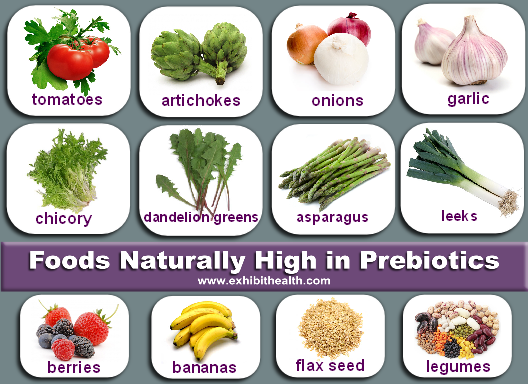 Other lifestyle factors may be synced with your body flora, including exercise, sleep and stress. More exploration is needed for specifics on mechanisms of influence in these areas.
Other lifestyle factors may be synced with your body flora, including exercise, sleep and stress. More exploration is needed for specifics on mechanisms of influence in these areas.
THE FUTURE
With research on the human microbiome advancing as it is there is hope to be able to use our knowledge to manipulate the body flora for desired results; to improve health conditions and disease and positively impact our well-being.The speed of our discoveries, however, are racing against the threat of a decrease in overall mammalian microbiota diversity as animal populations are declining and species are going extinct at a rapid pace.This is where probiotic supplements come into play, as potential influencers on the body flora…but for good or evil?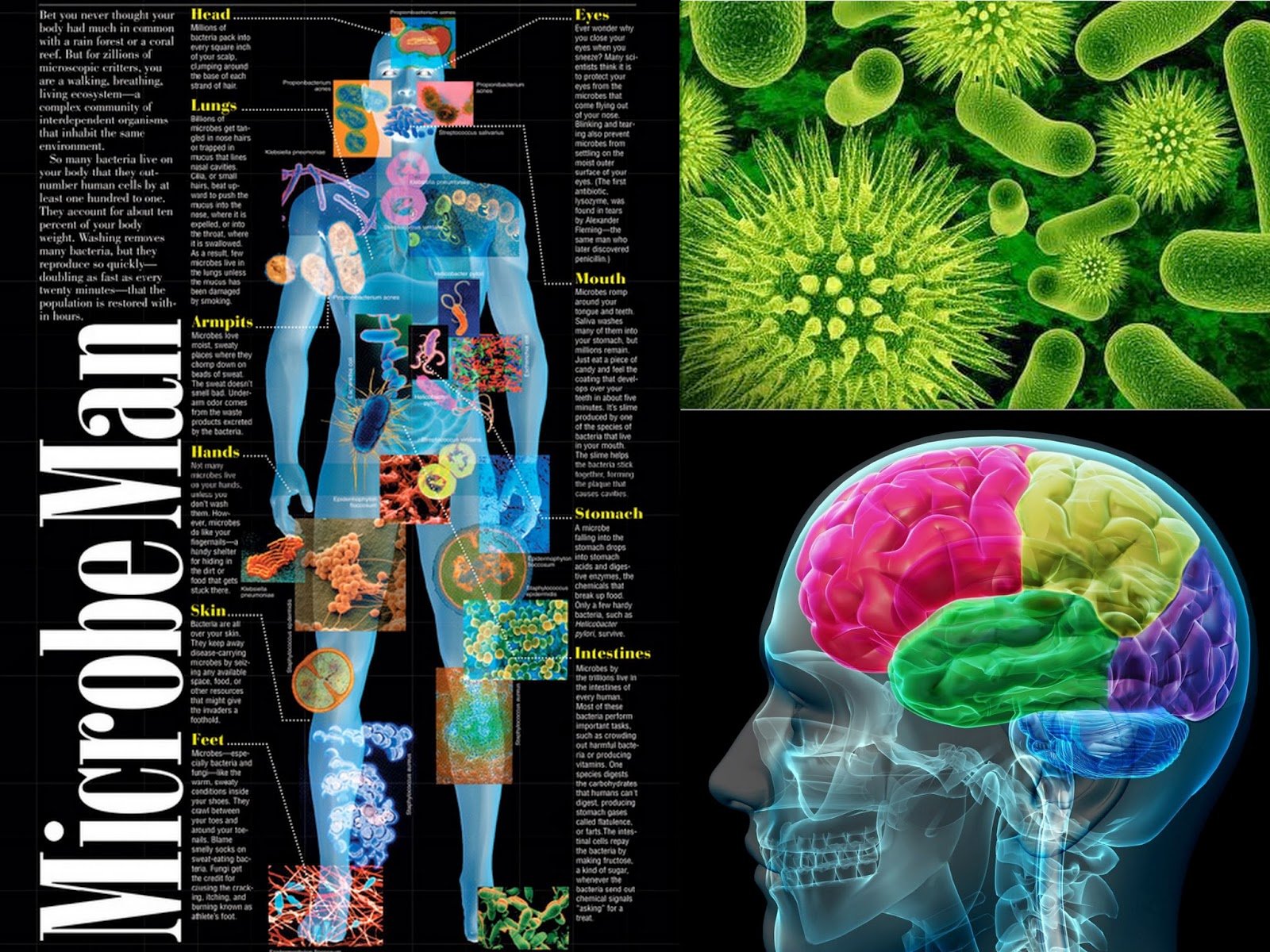
Probiotic Supplements
A supplement is anything that you consume to “supplement” your regular diet; in most cases with the intent of enhancing your health. Probiotic supplements, therefore, are beneficial bacteria consumed with the purpose of growing new, or more, healthy flora in order to improve our microbiota balance.
The trouble is how do we know which of the trillions of microbes you might be lacking? And how much is enough, or too much? And do we have the ability to cultivate every single possible microbe you may need? If we don’t know the answers to these questions, how do we prevent aiding in microbe diversity decline as we work to figure it out?
We do not yet have answers to these questions. There are only a handful of live bacterial cultures available in foods, and another handful available in supplement form. When you blindly pick a probiotic off the shelf and start taking it every day in the hopes of eliminating your chronic stomach cramps, for example, it is like searching for a needle in a hay stack regarding the odds you will experience any relief, or if you might actually be doing a disservice to your flora.
THAT SAID…
Not all is lost when it comes to use of probiotic supplements. Some studies have shown their use to be realistic with positive results.
To help guide you through the probiotic supplement world check out ProbioticAdvisor.com
First, make sure (as sure as you can be) that the underlining reason behind your desire to take a probiotic supplement is indeed due to a flora imbalance.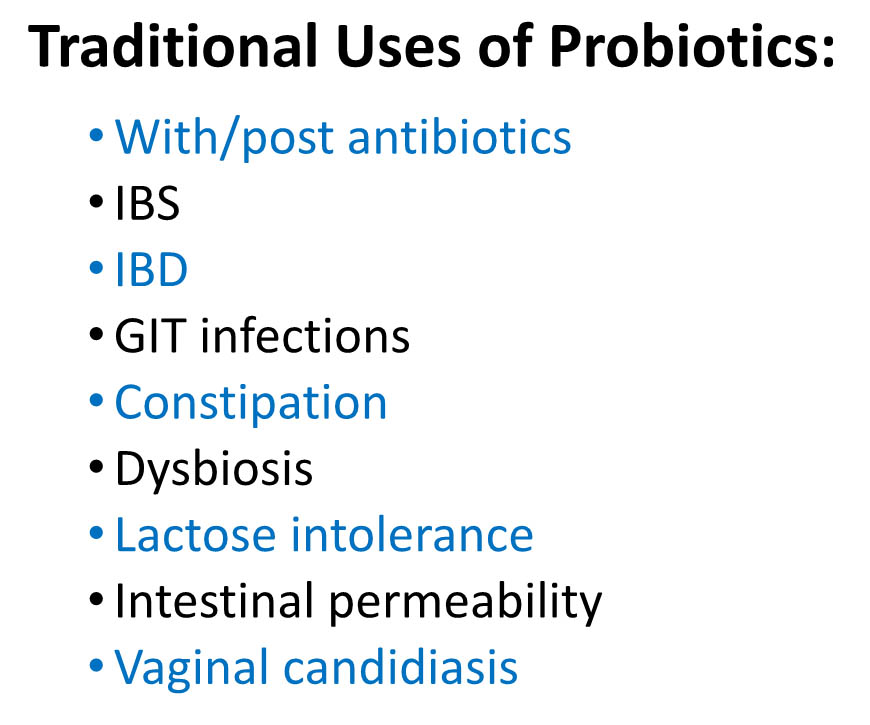
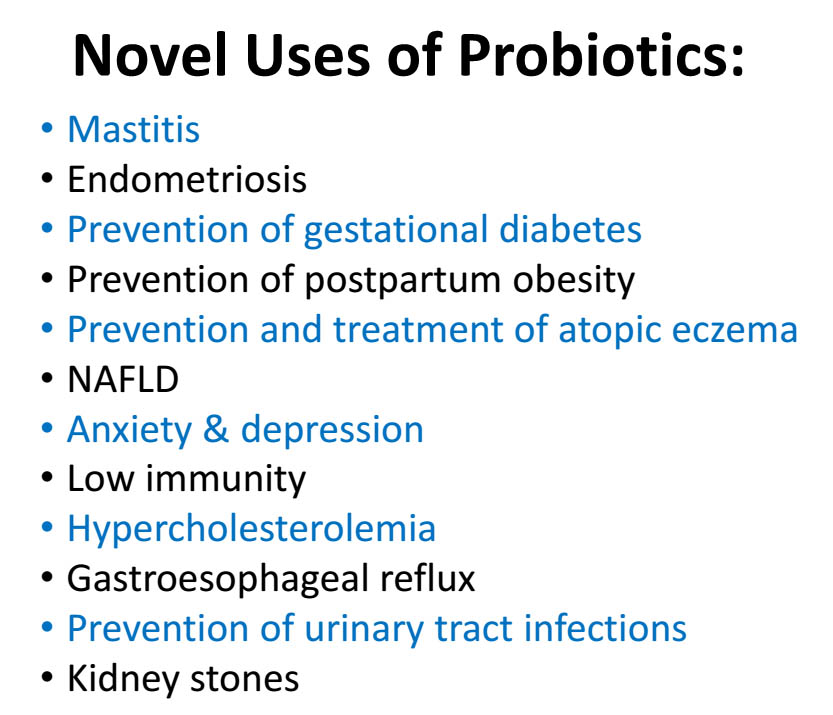 Second, do your research. Determine if there is any data or replicable recommendations based on sound science for your specific need. What do the experts say? Consider the type and dosage of the probiotic(s) in question.Third, once (if) you determine which probiotic(s) to take, find a reputable source. Again, do your research; determine the efficacy of the product and company. Be sure the probiotic(s) offered are live cultures.Fourth, give it a whirl! Be consistent in the use of the supplement until strong conclusions can be drawn as to its effectiveness. Keep notes on symptoms, signs of improvement or related consequences.
Second, do your research. Determine if there is any data or replicable recommendations based on sound science for your specific need. What do the experts say? Consider the type and dosage of the probiotic(s) in question.Third, once (if) you determine which probiotic(s) to take, find a reputable source. Again, do your research; determine the efficacy of the product and company. Be sure the probiotic(s) offered are live cultures.Fourth, give it a whirl! Be consistent in the use of the supplement until strong conclusions can be drawn as to its effectiveness. Keep notes on symptoms, signs of improvement or related consequences.
When in doubt, seek the assistance of a trusted dietitian, nutritionist or health care provider.
